 English
English Español
Español  Português
Português  русский
русский  Français
Français  日本語
日本語  Deutsch
Deutsch  tiếng Việt
tiếng Việt  Italiano
Italiano  Nederlands
Nederlands  ภาษาไทย
ภาษาไทย  Polski
Polski  한국어
한국어  Svenska
Svenska  magyar
magyar  Malay
Malay  বাংলা ভাষার
বাংলা ভাষার  Dansk
Dansk  Suomi
Suomi  हिन्दी
हिन्दी  Pilipino
Pilipino  Türkçe
Türkçe  Gaeilge
Gaeilge  العربية
العربية  Indonesia
Indonesia  Norsk
Norsk  تمل
تمل  český
český  ελληνικά
ελληνικά  український
український  Javanese
Javanese  فارسی
فارسی  தமிழ்
தமிழ்  తెలుగు
తెలుగు  नेपाली
नेपाली  Burmese
Burmese  български
български  ລາວ
ລາວ  Latine
Latine  Қазақша
Қазақша  Euskal
Euskal  Azərbaycan
Azərbaycan  Slovenský jazyk
Slovenský jazyk  Македонски
Македонски  Lietuvos
Lietuvos  Eesti Keel
Eesti Keel  Română
Română  Slovenski
Slovenski  मराठी
मराठी  Srpski језик
Srpski језик
Which is more suitable for ordinary car owners, the engine timing chain and timing belt? Be careful when choosing a car
2024-06-21
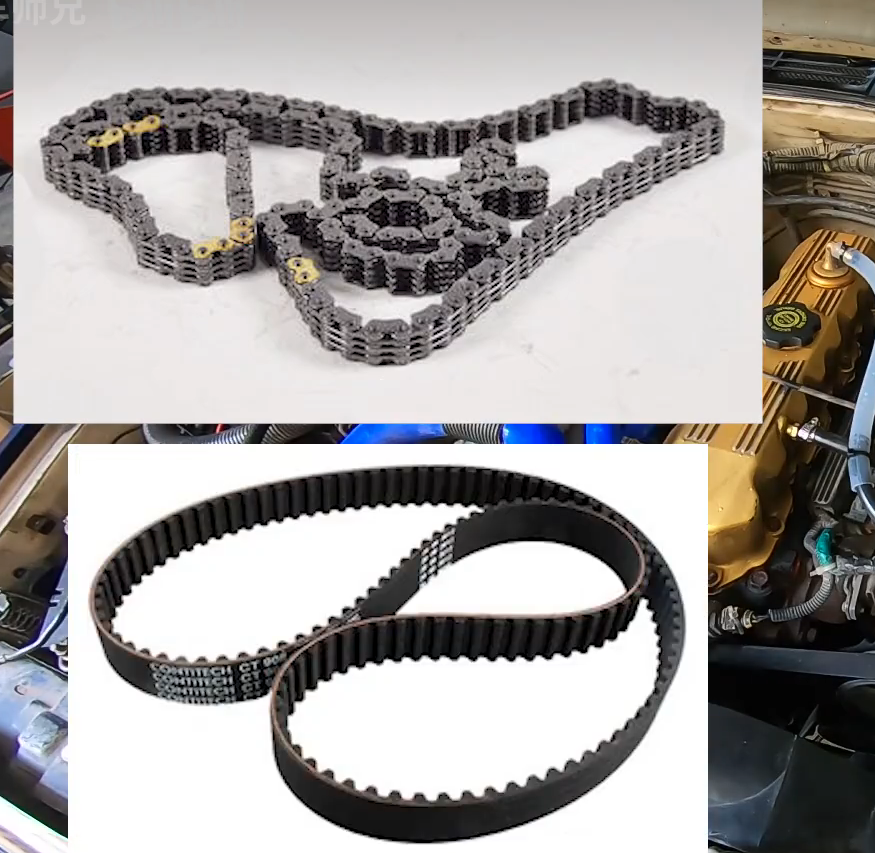
Hello everyone, recently an old man sent me a private message asking about his plans to buy a new car. As it is used for ride hailing, he wants a car with a higher quality engine. I heard that cars with metal chains for engine timing are more stable and durable than those with timing belts. I don't know if it's true?, And it is said that the timing chain does not require maintenance, while the timing belt needs to be replaced every 80000 kilometers. Therefore, should a car with a positive chain engine be more practical and noise resistant?
Actually, that's not the case. Today, let's talk about which engine timing chain or timing belt is more durable and cost-effective for later maintenance from two aspects.
Firstly, let me briefly introduce what engine timing is. As we all know, engines rely on cylinder explosions to generate thrust, push the piston to move, and thus generate power. So at the moment of the explosion, the intake and exhaust at the top of the cylinder should be closed to ensure the thrust of the explosion.
It is used to push the piston up and down to the maximum extent. After the piston is pushed to the bottom of the cylinder, the exhaust valve will open, allowing all the combustion waste gas in the cylinder to be discharged. Then, the intake valve will open, allowing new mixed gas to enter the cylinder. The intake valve will also close, and the piston will squeeze the mixed gas upwards. Therefore, the opening action of the intake and exhaust valves needs to be coordinated with the up and down action of the piston at the correct time. Therefore, a belt is needed between the camshaft connecting the valve and the crankshaft connecting the piston to connect them and allow them to move synchronously. This is the timing belt.
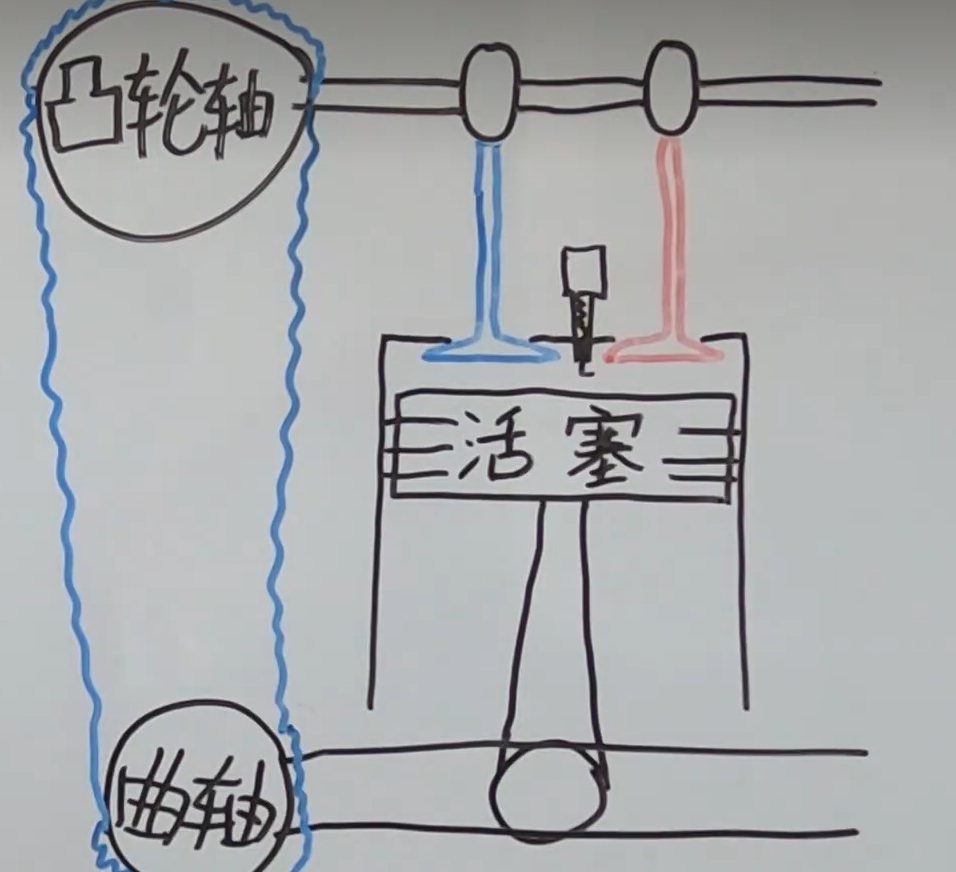
So the material of this strap can be divided into two types: metal and rubber. From the perspective of durability, metal materials will certainly be more awesome than rubber materials. Under normal circumstances, the replacement cycle for the engine timing chain provided by car manufacturers is between 200000 and 300000 kilometers. In China, many cars cannot reach such a long distance after being scrapped. It can be said that it is maintenance free for life, and the replacement cycle of the timing belt is only between 80000 and 100000 kilometers. This means that most household cars need to replace this belt at least once, so it is not as convenient as using a chain, but this is only from the perspective of the material. From the perspective of actual internal engine operation, the biggest difference between chains and belts is the chain. Lubrication with engine oil is necessary for normal operation during work. However, timing belts are not used at all, so engines that use timing belts often use plastic timing covers and do not require any sealing treatment because there is no oil inside, so there is almost no need to worry about any oil leakage. However, engines that use timing chains often use metal timing covers and require proper sealing measures, as there is a large amount of splashed oil inside, which can lead to oil leakage problems caused by aging of sealant or gaskets.
From this perspective, in order to prevent oil leakage from the timing cover, the timing needs to be inspected or repaired at a cost of about 100000 kilometers, and whether the engine oil quality grade is sufficient will also become a key factor affecting the timing chain. So if a car using a timing chain engine uses inferior or incorrectly labeled oil, it is very likely to cause premature wear of the timing chain.
When calculated in this way, its lifespan is not much different from a poorly maintained timing engine. So, the conclusion of durability is that, under proper maintenance, it is proven that chain engines are slightly more durable than timing belt engines, which is beyond doubt. But at the same time, it is also important to pay attention to the issue of oil leakage in the timing cover of the timing chain, so it is not completely maintenance free, it is just slightly less expensive than the maintenance cost of the timing belt.
Secondly, from the perspective of the driving quality of the engine, is a timing belt engine necessarily quieter than a timing chain engine? Actually, it's not necessarily true. Firstly, theoretically speaking, rubber is lighter than metal, which means that when the timing belt rotates, the friction, inertia, and power consumption of the engine are slightly smaller than those of the timing chain. This is certain, so the vibration and sound generated will be relatively smaller.
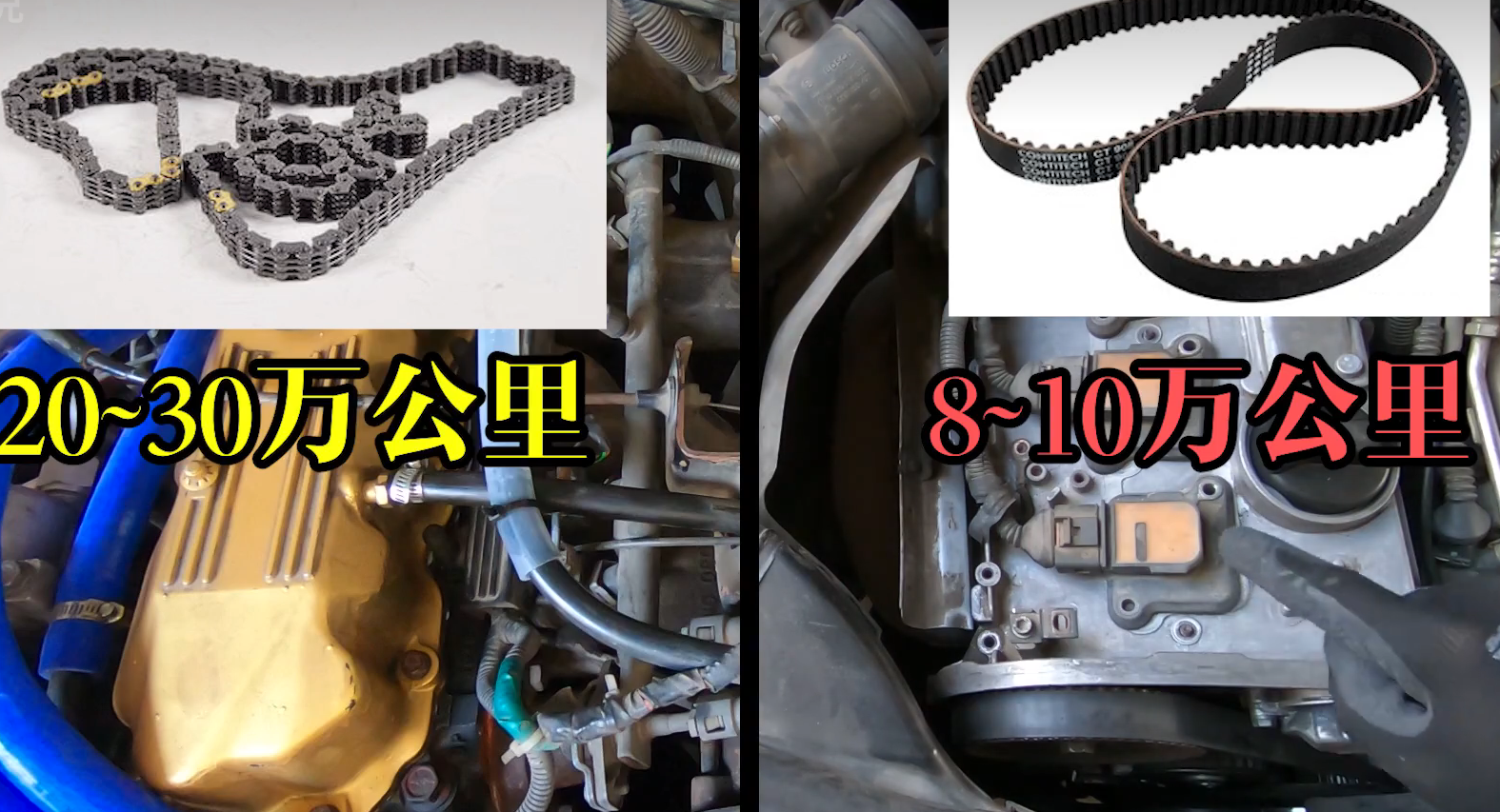
However, due to the superior durability of metal chains, timing chains have developed two branches with the development of the times: silent timing chains and stick timing chains. Silent timing chains imitate the structure of conveyor belts, increasing the contact area between chains and timing gears to achieve greater quietness. Nowadays, many engines that use timing chains use silent timing chains, while roller timing chains place a rolling cylinder in the middle of the chain. This reduces the friction between the chain and the gear when in contact, but the disadvantage is that the sound is loud. However, because the rolling cylinder reduces friction, roller chains are relatively sturdy, and even some high-power engines use double layers. Roller chains are really super sturdy. Let's talk about the mute effect. In fact, the silent performance of a silent timing chain is very close to that of a timing belt, and it has better durability. However, the problem lies in the lubrication of the chain. It is confirmed that the chain needs oil lubrication to work properly. Therefore, when you do not change the oil for a long time and do not maintain it on time, impurities in the oil are likely to get stuck between the shaft and the connecting structure of the chain, causing unnecessary wear. The wear of the metal chain cannot be repaired, and you will find that the sound of your car's chain is getting louder and louder. Although it will not break, this noise will definitely greatly affect your driving experience. Therefore, from this perspective, a timing belt that is replaced every 80000 to 100000 kilometers seems to have no effect. This issue is related to both durability and driving quality. Have you noticed two aspects? Actually, it's a belt engine, more like a rough man. You only need to replace it according to the user manual for 80000 to 100000 kilometers, and it will hardly have any problems. Although the timing chain is theoretically more sturdy, it is actually more like a beautiful woman who needs to be taken care of every day due to the oil problem of the engine. She needs to submit the engine oil and the probability of quality on time and in sufficient quantities, otherwise she will become a yellow faced woman.
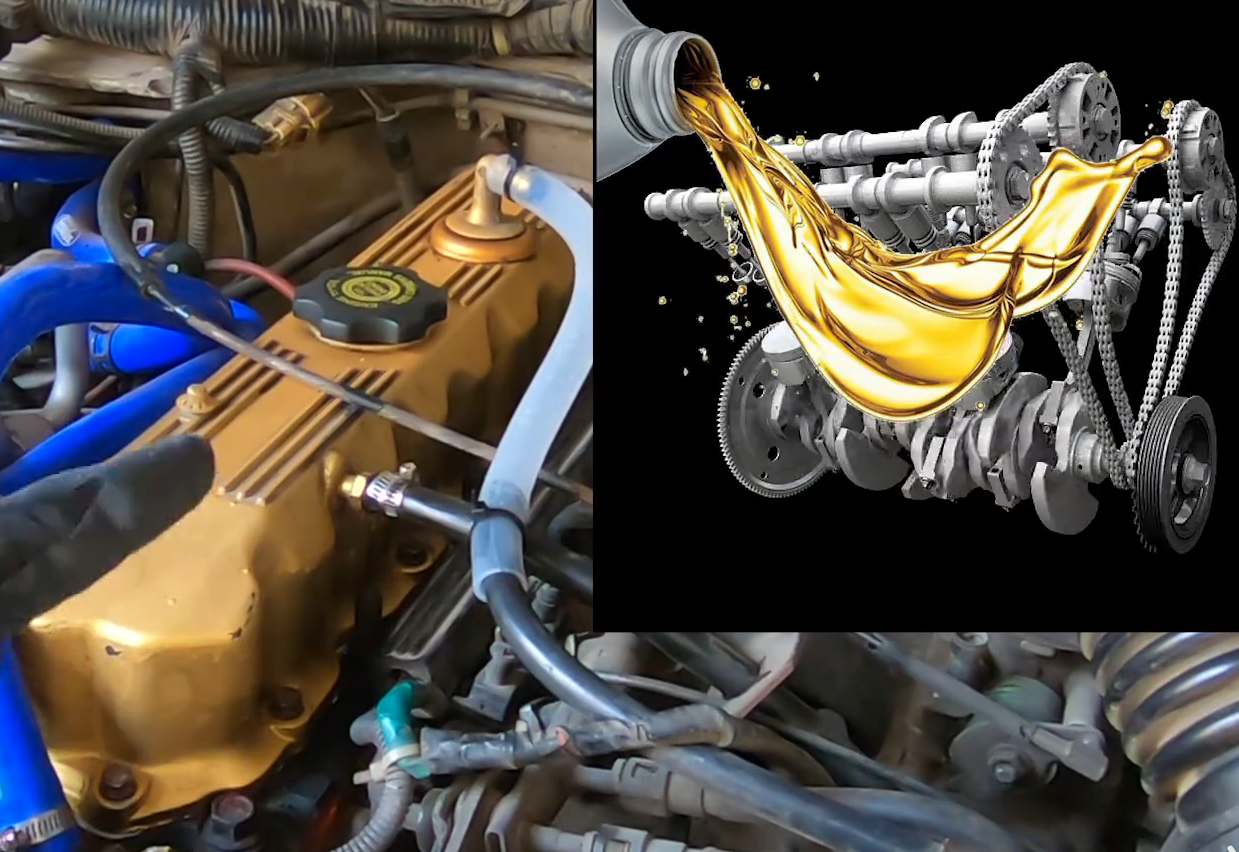
I understand the style of many car owners who are overweight every day. After driving a car for 5 or 6 years, who can guarantee regular and quantitative maintenance? So, in summary, I would prefer engines that use timing belts, as replacing a timing belt doesn't actually cost much money. If this video can help you choose an engine, then I hope he can find a friend to share with you and give me a like.
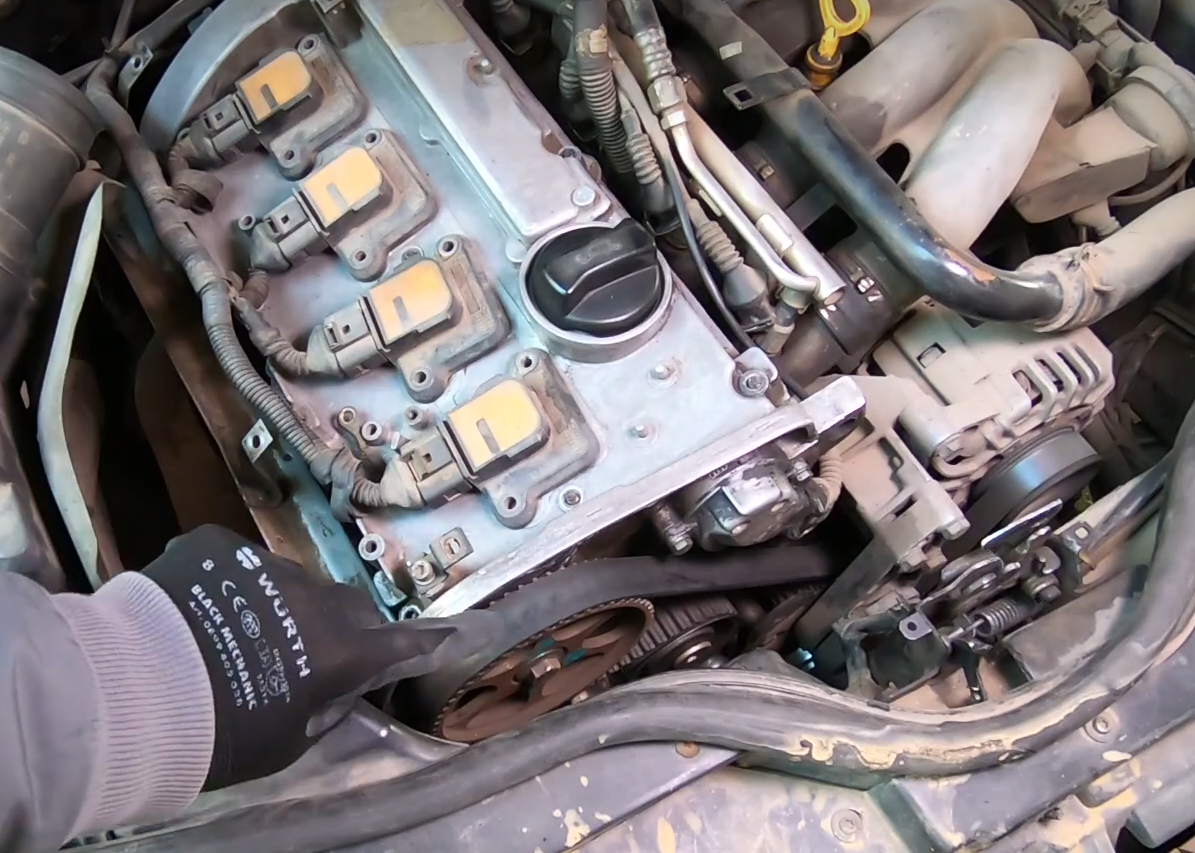
If you want to get more hands-on car maintenance, pay attention to how to set up updated posture every Wednesday and Friday. See you next week. Goodbye.




